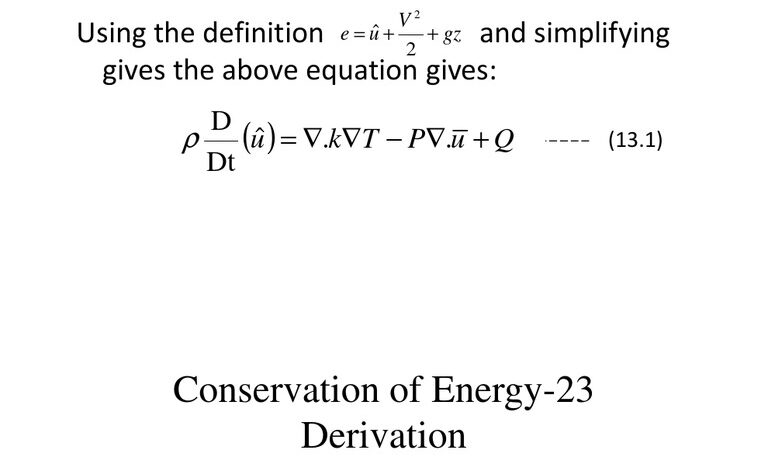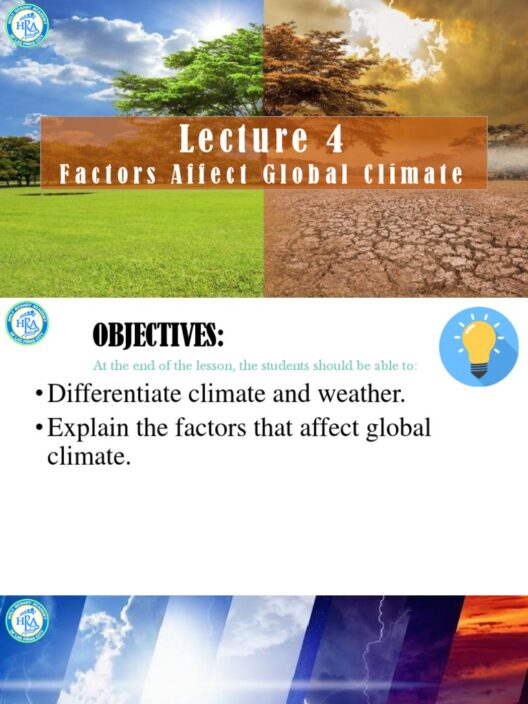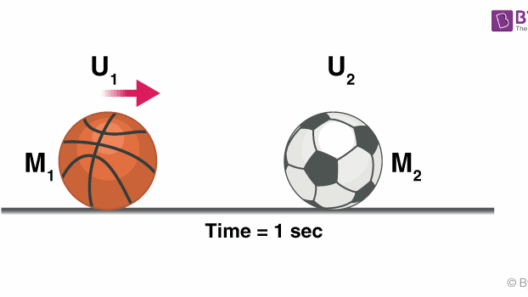The realm of physics encompasses myriad principles, yet perhaps none resonates as profoundly as the law of conservation of energy. This pivotal concept stipulates that energy cannot be created or destroyed; it merely transforms from one form to another. To comprehend this phenomenon, one must delve into the derivation of the energy equation. This exploration promises not only an academic endeavor but also an enlightening shift in perspective regarding the natural world around us.
To embark on this journey, envision energy in its various avatars: kinetic, potential, thermal, and mechanical, to name a few. Each type of energy plays a significant role in the intricate tapestry of systems that govern our universe. At its core, the derivation of the conservation of energy equation hinges upon these different forms. When these energies interact, they adhere to the fundamental principle that the total energy within an isolated system remains constant.
The initial step in our derivation is establishing the two primary forms of classical mechanical energy: kinetic energy (KE) and potential energy (PE). Kinetic energy embodies the energy of motion, quantified by the equation: KE = 1/2 mv², where m represents mass and v denotes velocity. This formulation encapsulates the idea that as an object accelerates, its kinetic energy escalates exponentially. On the other hand, potential energy epitomizes stored energy based upon position or configuration, particularly in gravitational fields. For gravitational potential energy near the Earth’s surface, we utilize the equation: PE = mgh, with g signifying acceleration due to gravity, and h indicating height above a reference point.
To derive the conservation of energy, we observe a closed system where an object transitions between kinetic and potential energy. Consider a simple scenario: a ball is dropped from a height h and falls freely under the influence of gravity. At the pinnacle of its trajectory, all energy is potential, given by PE_initial = mgh. As the ball descends, it accelerates. Consequently, its height decreases, while its velocity increases, translating potential energy into kinetic energy. At the precise moment before impact, potential energy is minimized, and kinetic energy is maximized, described by KE_final = 1/2 mv².
At any moment during this descent, the total mechanical energy can be expressed as: Total Energy = KE + PE. As the ball plummets, we ascertain that:
mgh = 1/2 mv²
This vital equation reveals that any decline in potential energy results in a commensurate increase in kinetic energy. The elegance of this relationship exemplifies the conservation of energy: energy seamlessly transitions between forms while maintaining a constant total. This assertion extends beyond simple examples; it echoes throughout mechanics, thermodynamics, and even quantum physics.
Now, allow yourself to ponder the implications of this law on a broader scale. The conservation of energy governs not only individual systems but also the entire cosmos. It mandates that the energy within an isolated universe remains unwavering, influencing the life cycles of stars, the movement of galaxies, and the dynamics of climate systems. This omnipresent principle directly relates to pressing issues such as climate change and energy efficiency. By understanding how energy circulates, we uncover pathways towards sustainable practices and innovative solutions to mitigate environmental degradation.
The derivation of the conservation of energy equation also unveils its role in technological advancements. Engineers and scientists employ this principle to devise more efficient machines, optimize energy consumption, and harness renewable sources. For instance, by employing the laws of energy conservation, wind turbines convert kinetic energy from wind into electrical energy, illuminating homes while adhering to nature’s immutable laws.
Yet, the allure of energy conservation extends far beyond physics. It invites critical reflection on our collective responsibility towards the environment. The increasing urgency to combat climate change implores us to reassess our energy practices. As we unearth the “whys” and “hows” of energy conservation, we ignite a transformation in our societal ethos, nurturing sustainability and environmental stewardship.
Transitioning to a more pragmatic approach, consider how everyday actions correlate to energy conservation. Simple adjustments, such as minimizing energy consumption or employing energy-efficient appliances, reflect the application of this principle in daily life. As individuals modify their habits, they contribute to a broader narrative of sustainability; an effort that resonates with the essence of the conservation of energy. Every small action, when collectively scaled, reverberates through communities, amplifying awareness about climate impact.
Moreover, educational platforms that disseminate knowledge regarding energy conservation pave the way for informed decision-making. From classrooms to community programs, instilling an energy-conscious mentality ensures future generations forge a more sustainable path. When individuals grasp the intricacies of energy transformation, they become empowered catalysts for change, capable of innovating solutions that protect the planet.
In conclusion, the derivation of the conservation of energy equation serves as a scaffold upon which our understanding of the universe is built. This concept, while rooted in classical mechanics, transcends its mathematical foundations, heralding a call to action for a more sustainable future. As custodians of the Earth, we must recognize the interdependence of energy and environmental stewardship. By bridging the gap between scientific understanding and practical application, we can navigate the complexities of climate change and catalyze meaningful change.







